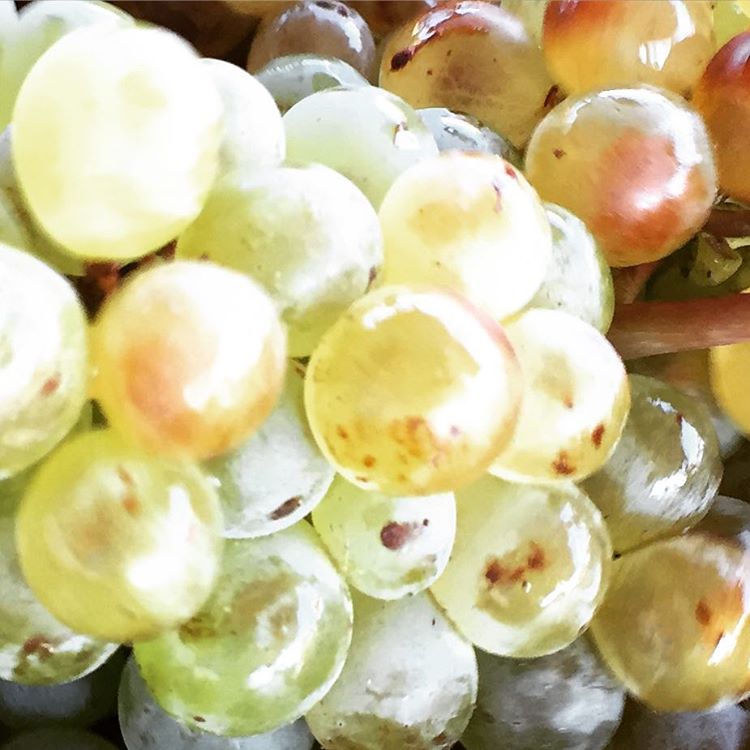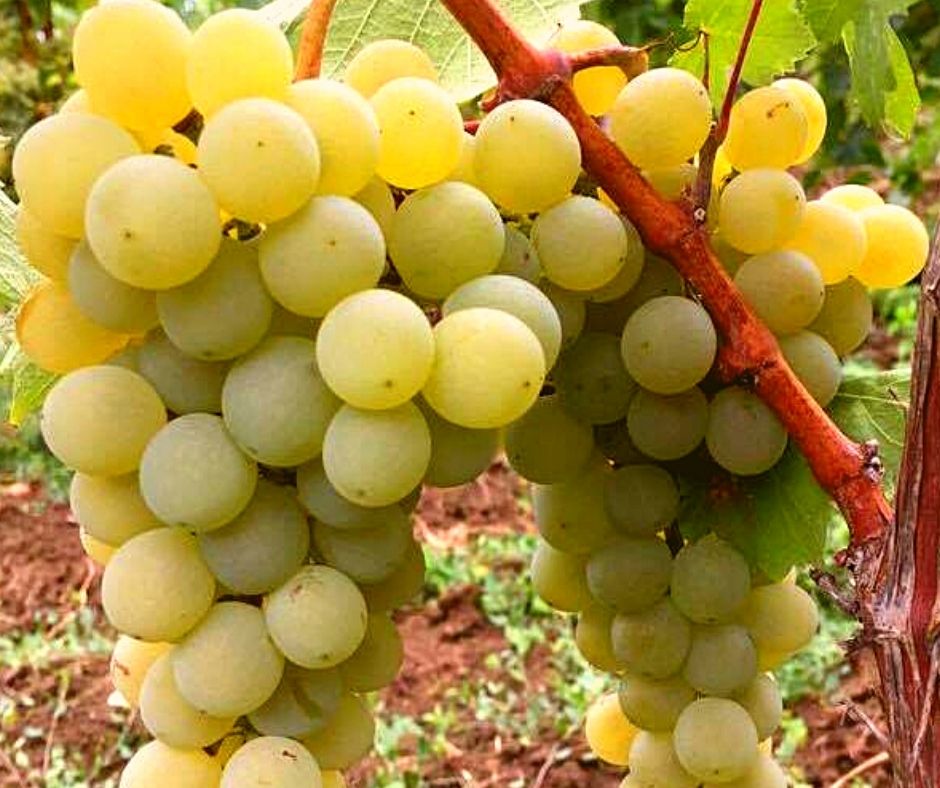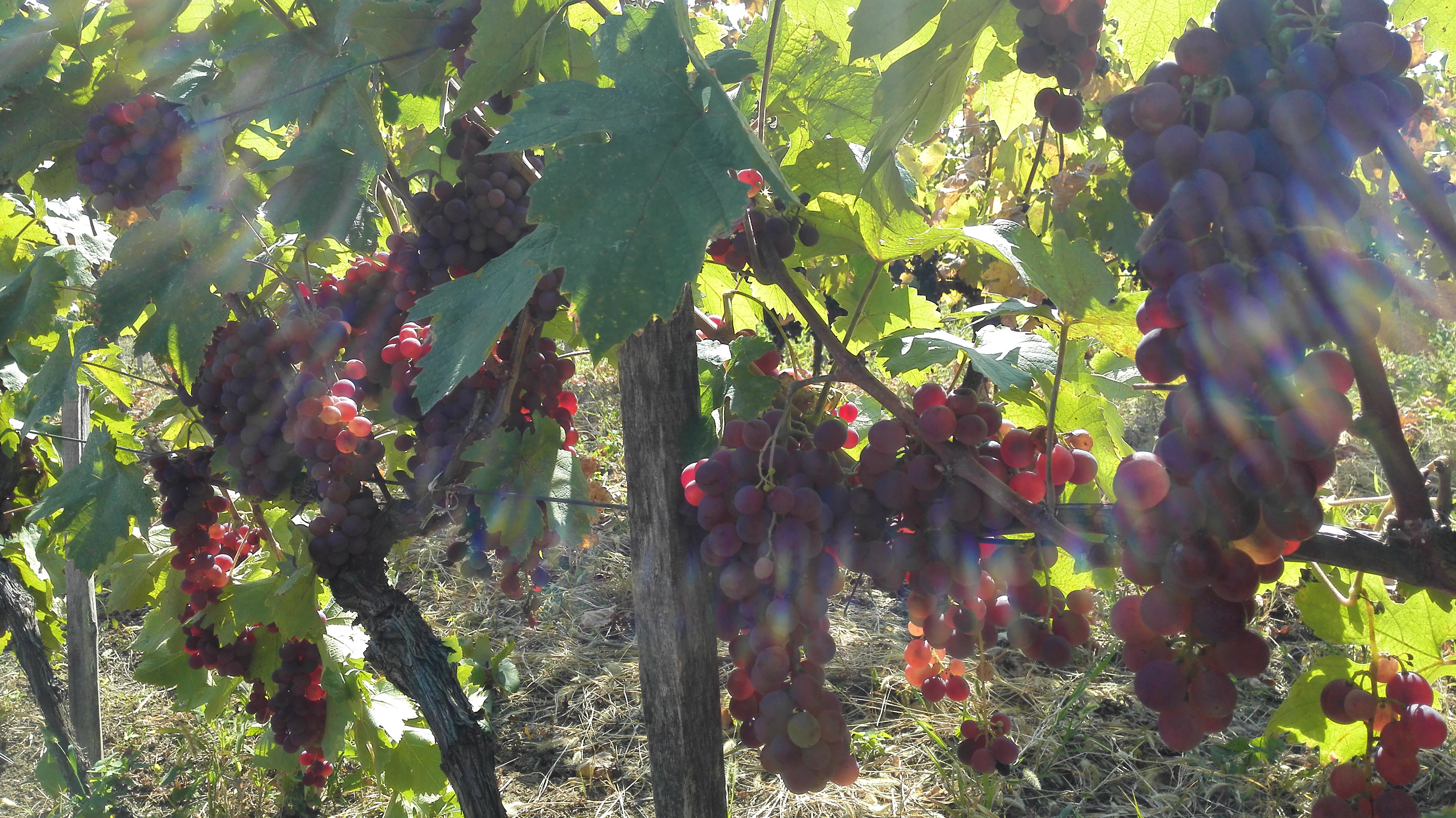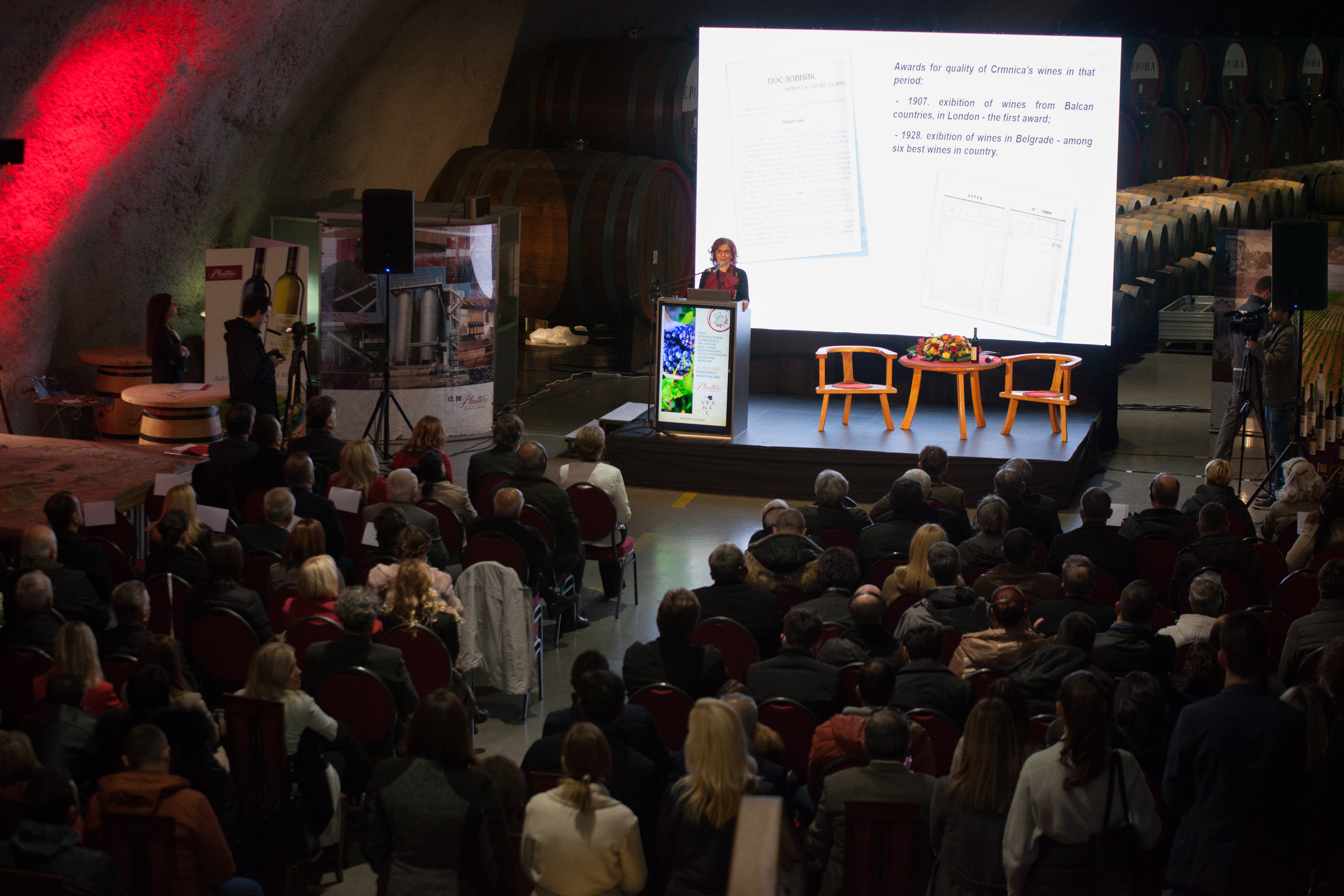Grape varieties
Grape varieties / 11/28/2017 / 2513
Although Montenegro became a part of the Ottoman Empire at the end of the 15th century, Montenegrins maintained a high degree of autonomy primarily due to geographical position and poverty of its inhabitants in the mountainous regions who weren't earning enough to pay taxes to the Turks. So, they didn't have many conflicts with the Turks, but the Turks obviously left traces of their presence in Montenegro.
Research on genetic diversity of grapevines in Montenegro carried out by Vesna Maraš has unveiled valuable results and provided better understanding of wine history in the Balkans. The Montenegrin and Spanish scientists analyzed 512 wild and cultivated vines from old vineyards across Montenegro and tried to determine their identity and pedigree.The list of analized and determined varieties contains japundžak, a variety that is used both as table and wine grape. This finding is of utmost importance because until now it has been considered that Yapincak can be found exclusively in Turkey, in the region around the Marmara Sea. Therefore, this finding in Montenegro represents the most western reporting of this grapevine.
Yapincak in all probability originates from Turkey, from the province of Tekirdag / Thrace (northwestern Turkey). The grapes have characteristic red freckles and a thin skin, and show relative resistance to disease. Late variety, well adapted to warm and dry climate. There remains a mystery how this variety came from Turkey to Montenegro, but if similar research confirms existence of Yapincak (japundžak) in Serbia as well, then we can claim that Yapincak had much wider distribution in the Balkans in the past than nowadays.
 Yapincak from Paşaeli Winery
Yapincak from Paşaeli Winery
The owner of Paşaeli Winery, Mr Seyit Karagözoğlu, even has family roots from South Serbia, and he is dedicated to vinification of autochthonous Turkish grape varieties such as Kalecik Karasi, Yapincak, Karasakiz, etc. Seyit also produces wine from Papazkarasi variety, which is the descendant of our Prokupac.
 Seyit Karagözoğlu, the owner of Paşaeli Winery
Given that results of research carried out in Montenegro represent foundations for better understanding of vinegrowing in Montenegro and the Balkans, Plantaže Winery will also use those results in order to devise its strategy and plans for the following 100 years. Therefore, we should not be surprised if in 30 years' time we get an opportunity to taste for the first time a wine made from Montenegrin Yapincak (japundžak).
Seyit Karagözoğlu, the owner of Paşaeli Winery
Given that results of research carried out in Montenegro represent foundations for better understanding of vinegrowing in Montenegro and the Balkans, Plantaže Winery will also use those results in order to devise its strategy and plans for the following 100 years. Therefore, we should not be surprised if in 30 years' time we get an opportunity to taste for the first time a wine made from Montenegrin Yapincak (japundžak).

Tomislav Ivanović
Awarded wine writer, wine critic and contributor to selected wine magazines. WSET3-certified author and editor-in-chief of www.vinopedia.rs. Member of Vojvodina Sommelier Association. Juror in national and international wine competitions. Lecturing about wines of Serbia and the Balkans. Local partner of Wine Mosaic organization. Co-founder of International Prokupac Day.

Pročitajte i druge članke iz ove rubrike:


PROKUPAC
PROČITAJ VIŠE


SMEDEREVKA
PROČITAJ VIŠE


IMA LI PLOVDINA BUDUĆNOST?
PROČITAJ VIŠE


TURCI RATOM NIKAD NISU OSVOJILI CRNU GORU... A GROŽĐEM?
PROČITAJ VIŠE


SEDUŠA, RETKA SRPSKA SORTA VINOVE LOZE SAČUVANA OD NESTANKA
PROČITAJ VIŠE
Winner MILLESIMA BLOG AWARD 2016

Pobednik MILLESIMA BLOG AWARD 2016
VINO & FINO wine personality of the year 2016

VINO & FINO vinska ličnost godine 2016